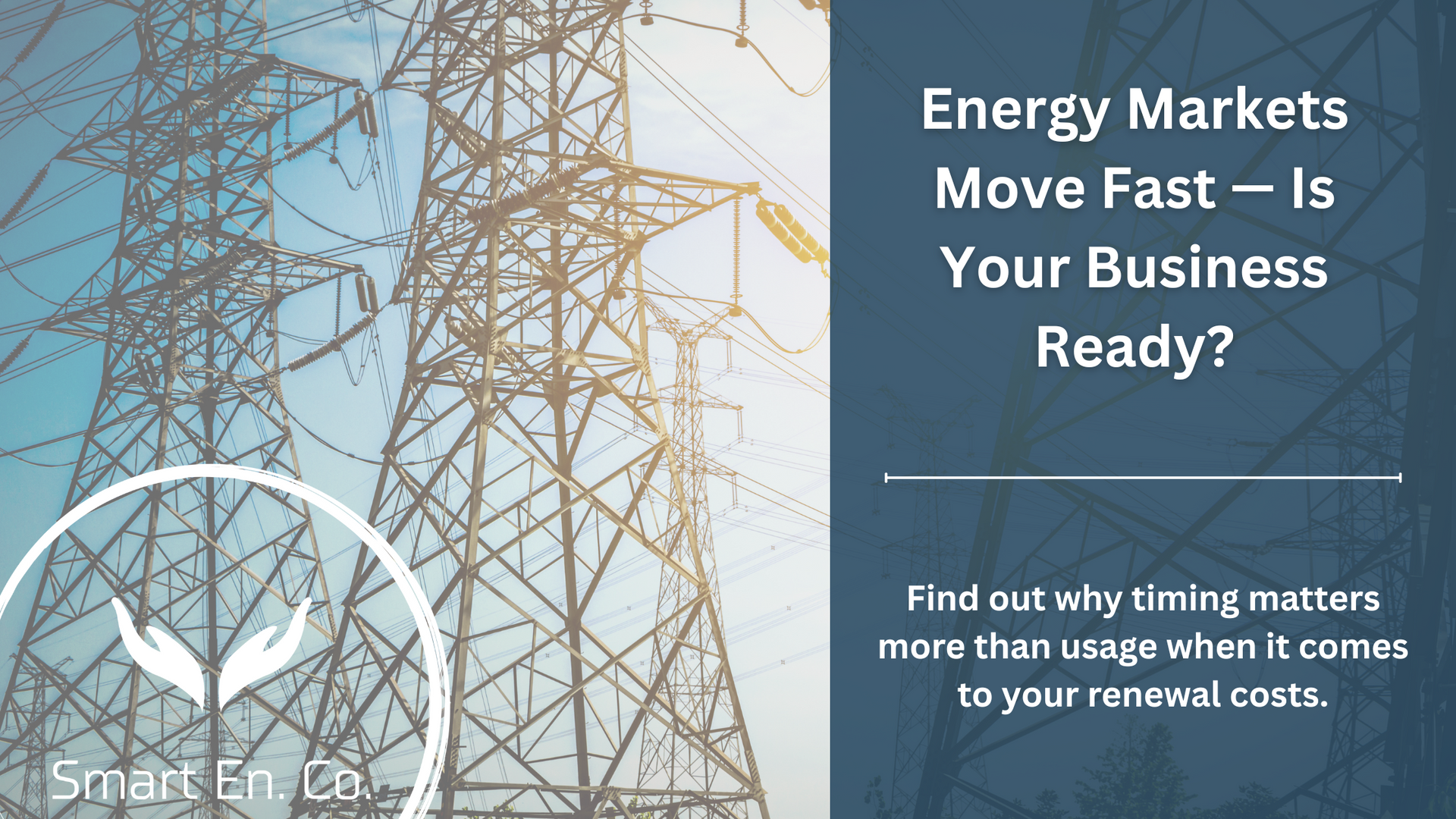Why Your Energy Renewal Costs Change — And How Market Timing Protects Your Bottom Line

📈 Introduction
Ever wondered why your energy renewal quote comes back higher or lower than last year, even though your business usage hasn't changed? You're not alone. Many businesses assume energy costs are stable year-to-year, but the reality is very different.
Energy prices are driven by complex global markets, supply chain risks, and rising non-commodity costs (NCCs). In this blog, we'll explain what really drives your renewal prices, why market timing matters, and how our expert monitoring helps protect your business from unnecessary cost increases.
🌌 How the Energy Market Really Works
When you sign a fixed-term contract, your unit rate is secured for the length of that deal. But when your renewal comes around, your new rate reflects the wholesale energy market conditions at that time — not your usage.
Suppliers buy energy in advance, hedging their costs on forward markets. This is why the timing of when they "lock in" your supply matters. Two suppliers quoting on the same day might offer different rates because one bought earlier at a better price.
📊 Example: The Forward Curve
Take a look at the gas and power forward curve below. You'll see how prices fluctuate over the coming years, reflecting changing market expectations.
🔢 Why Wholesale Price Changes Impact Your Renewal Quote
🔋 The 29.3p/therm Rule of Thumb
Every 29.3p per therm change in wholesale gas roughly equals a 1p per kWh change in your gas unit rate.
Example: If the wholesale market jumps by 30p/therm, your unit rate could rise by 1p/kWh. For a business using 1 million kWh per year, that's an extra £10,000 annually.
🌌 Day-Ahead Price Volatility
Day-ahead prices show how volatile the market can be. Look at the recent trend below — prices swinging between 93p/therm and 145p/therm within weeks.
🕗 Timing matters. Waiting too long to renew or buying during a price spike could lock in significantly higher costs.
📁 The Hidden Costs: Non-Commodity Charges (NCCs) Keep Rising
Your energy bill isn't just wholesale cost. Non-Commodity Costs (NCCs) — like network charges, environmental levies, and system balancing fees — now make up 20-40% of your unit rate.
📈 NCCs Include:
- 🛍 Network & Distribution Charges
- 🌍 Environmental Levies (green gas support, etc.)
- 💸 System Balancing & Market Admin Fees
These costs are rising steadily each year, driven by infrastructure upgrades and climate policies. Even when wholesale prices fall, NCC increases can erode your savings.
📊 Full cost visibility is key.
🌐 What Impacts the UK Energy Market — And Your Bills
Many factors influence your energy renewal rate:
🗳 Global & Market Forces:
- 💨 Global Gas Prices & LNG Imports
- ❄ Weather & Seasonal Demand
- 🌏 Geopolitical Risks (Russia-Ukraine conflict)
- 📈 Carbon Pricing and Environmental Policy
- 🏛 UK Storage Levels and Demand Outlook
🔍 Our Role:
We monitor these daily, so you don’t have to.
💡 How We Help You Avoid Renewal Price Shocks
We don’t just compare supplier prices. We track the market, watch the forward curves, and advise you when to buy — not just who to buy from.
🔄 Our Proactive Procurement Strategy Means:
- 🌐 You avoid buying during market peaks
- 🔜 You lock in when conditions favour you
- 📊 You gain full visibility on both wholesale and NCC impacts
🛡 Ready to Take Control of Your Energy Costs?
Energy markets are volatile. Don’t leave your renewal to chance.
🔗 Book a Free Energy Procurement Review:
💼 We'll break down your current rates, market conditions, and the smartest time to lock in your next contract.
📈 Subscribe to Our Market Alerts:
Stay ahead of price movements and renew with confidence.
Explore More Insights
Dive into more energy updates, market reports, and supplier insights tailored for your business


